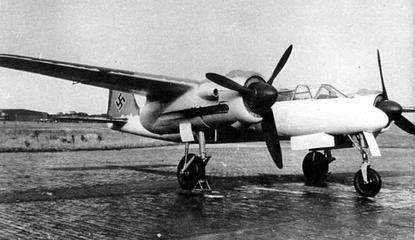Aviation? Marginally... They had an operational jet fighter slightly earlier, but otherwise, well, horribly behind in bombers both in number (handful of operational He-177s vs routine thousand bomber raids by both British and Americans) and tech (He-177 vs B-29...) and transports (Ju-52 vs DC-3...), and roughly equal in fighters.
Submarine design? Sorry to break it to ya, but a streamline high underwater speed submarine wasn't something that just popped up in Germans heads in 1943... The British had
an operational class of such vessels back in WW1! So, the idea wasn't new, the German implementation of it IOTL is more a measure of desperation and failure of their conventional SSK operations...
Jet engines? Technically yes, axial flow did beat out centrifugal flow by the mid-1950s, but 1944-45 a centrifugal flow engine with useful service life in beats an axial flow engine that needs a rebuild after every third flight...
Radio navigation? 1940-43ish yes, but Knickebein; X-Gerat etc. required multiple beams per target. By 1943 the Poms had
Gee and
Decca in operation while the Seppos had the first generation of
LORAN well under development. These systems were all MUCH more sophisticated, and the same transmitter network could be used for general purpose navigation rather than just a beam to follow to a single target and a second beam saying drop bombs now...
Proxy fuses? Using your so-called "logic", by the same measure (having a bench test cobbled together) the Poms had proxy fuses from 1939...
Of cause, you are someone who
believes row boats abandoned on a beach are totally the same as ships sunk by air attack... TBH, your entire presence on this forum over the better part of a decade has been incoherent wehraboo ravings (I needed to go back to 2013 to find a post by you that wasn't "axis R gud" or "axis R winz"...), which naturally leads to certain suspicions about your sanity and/or politics.
